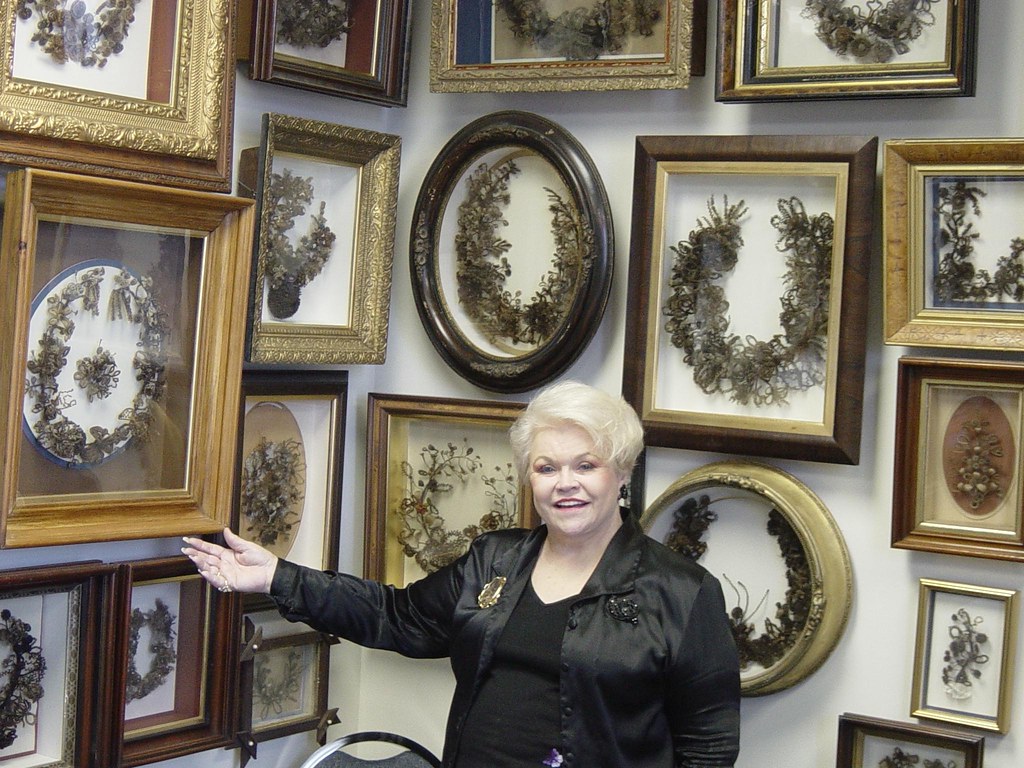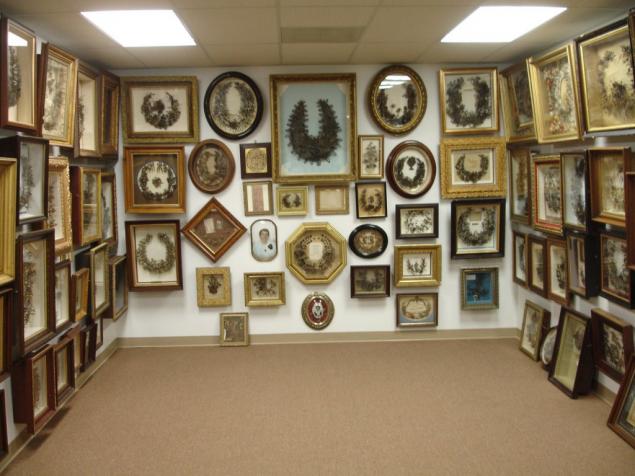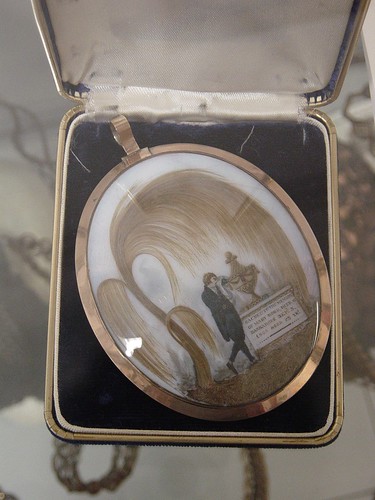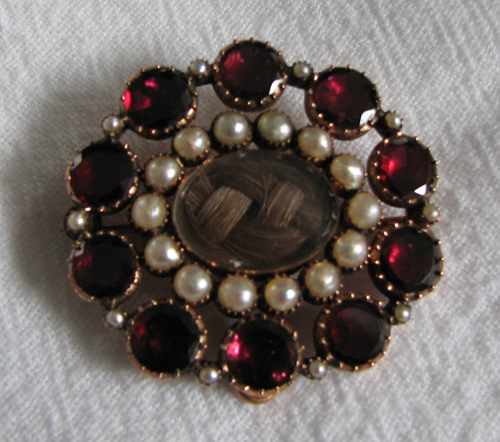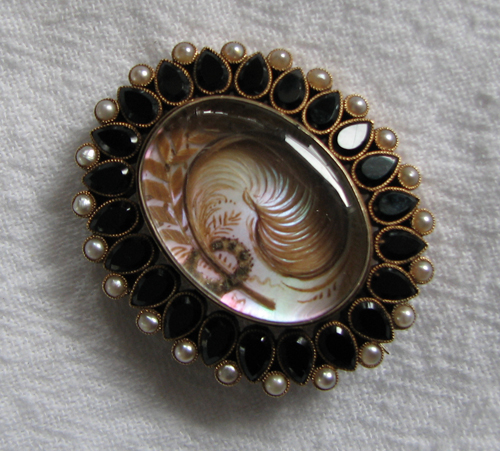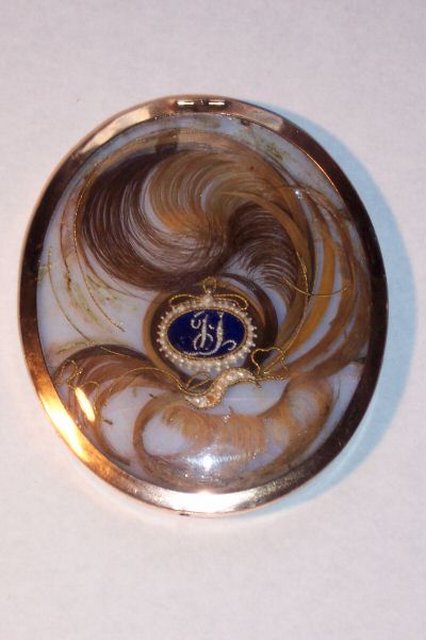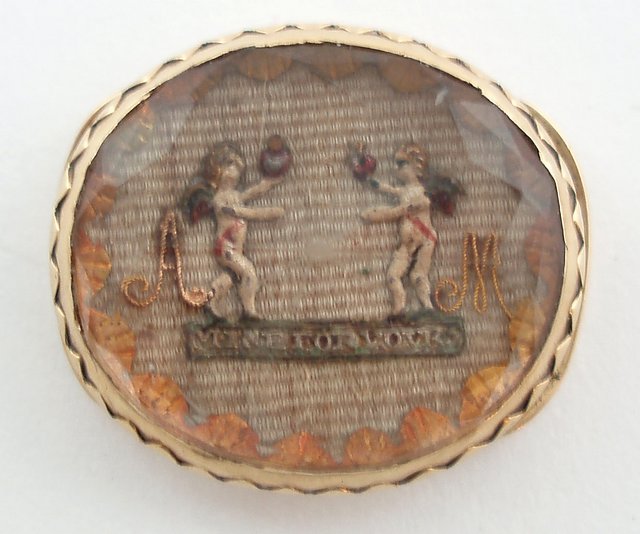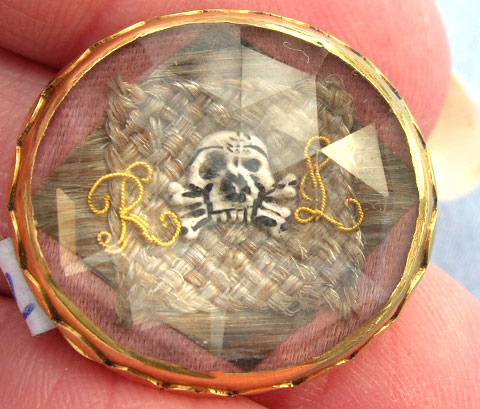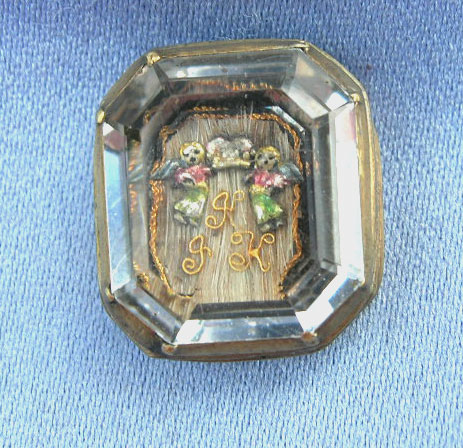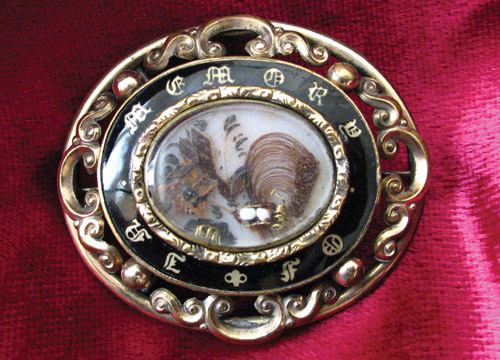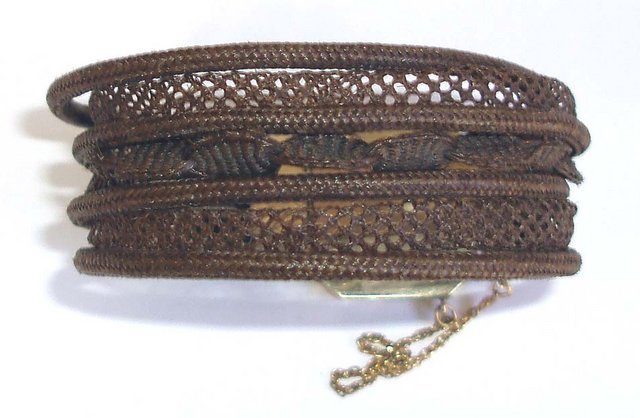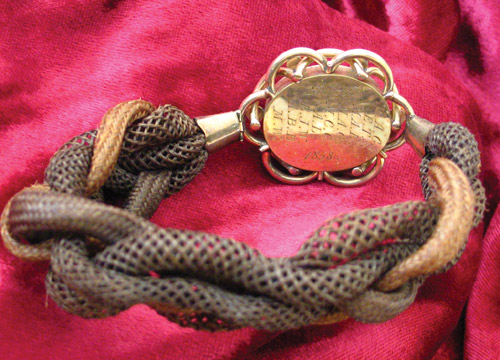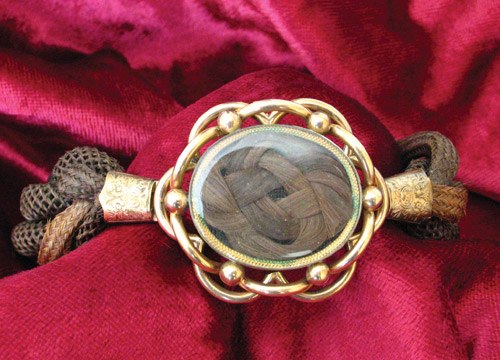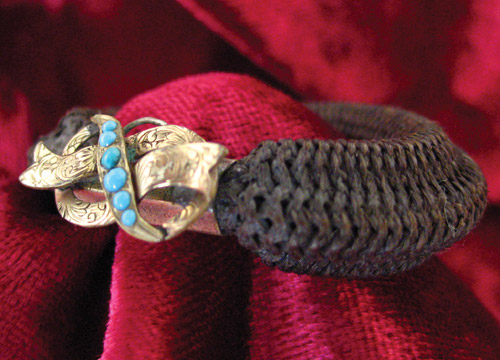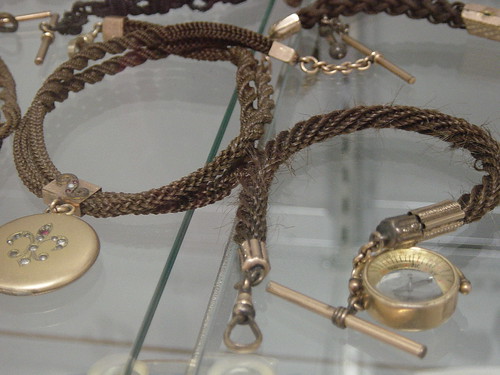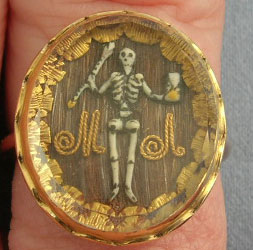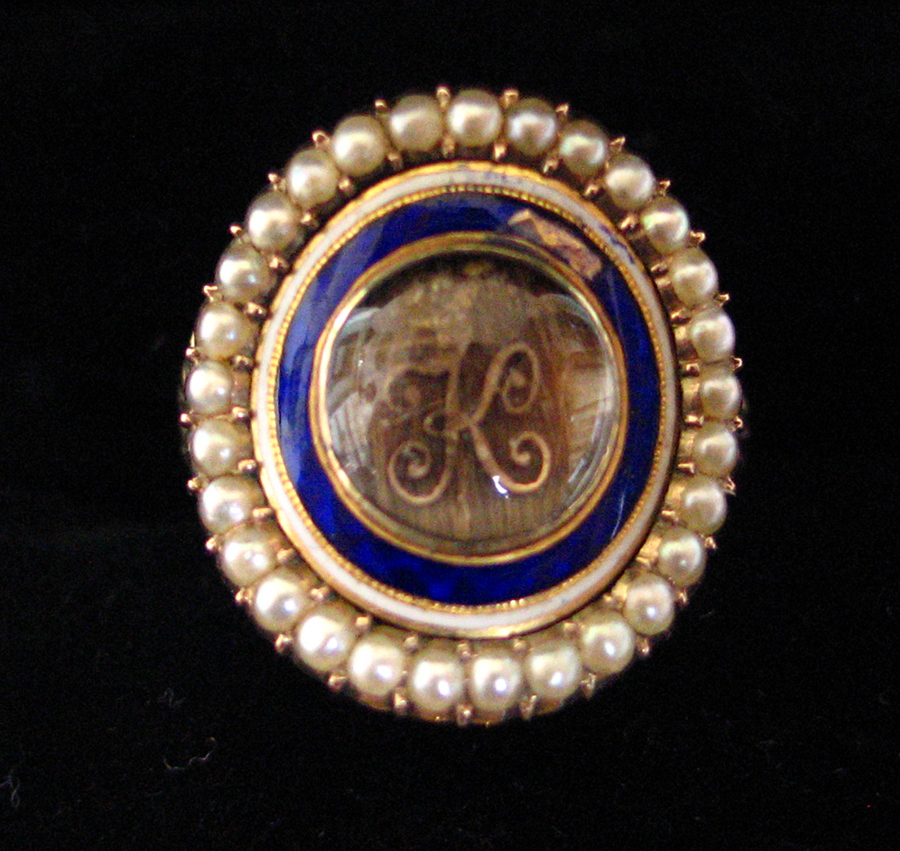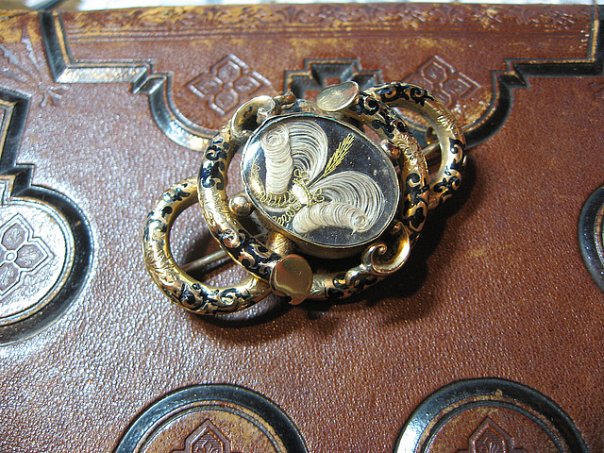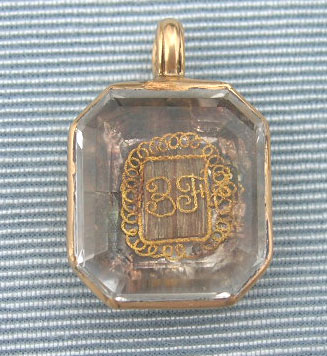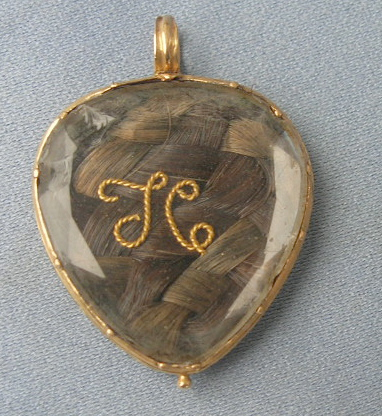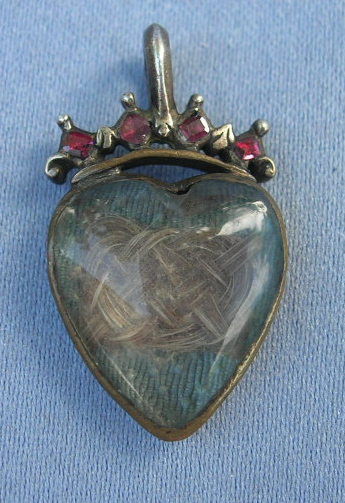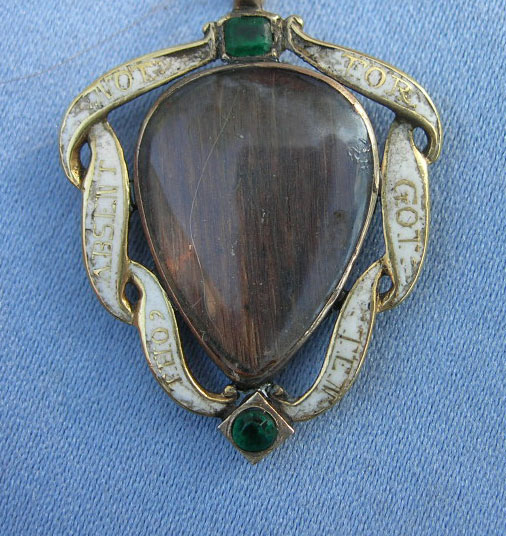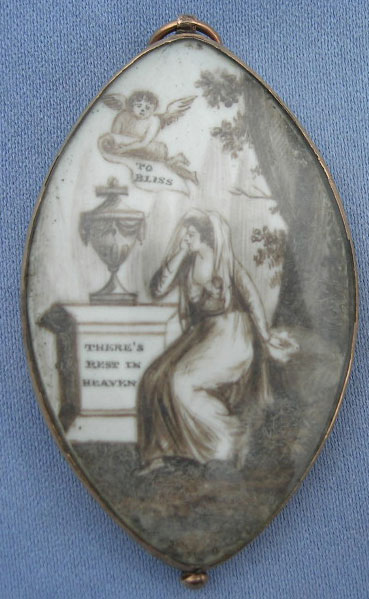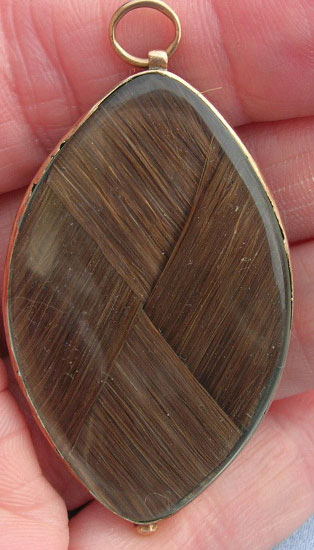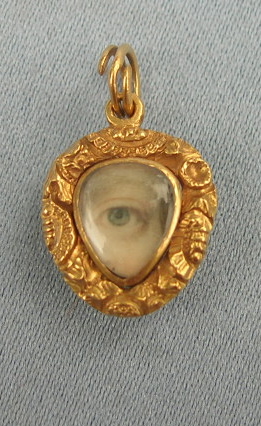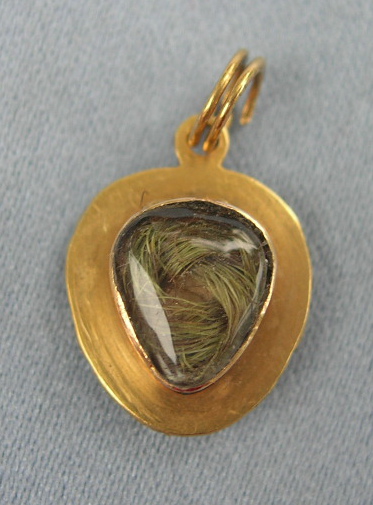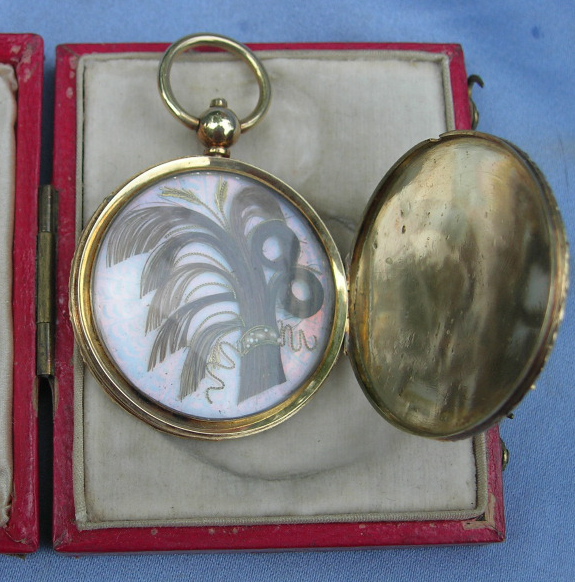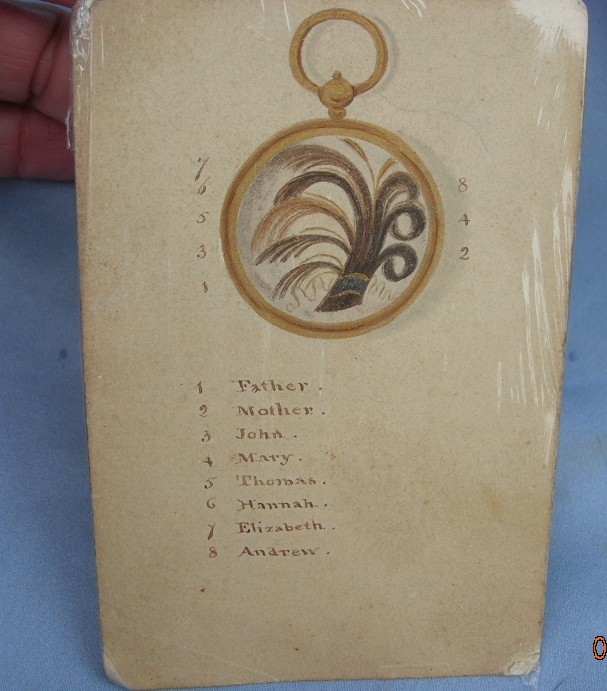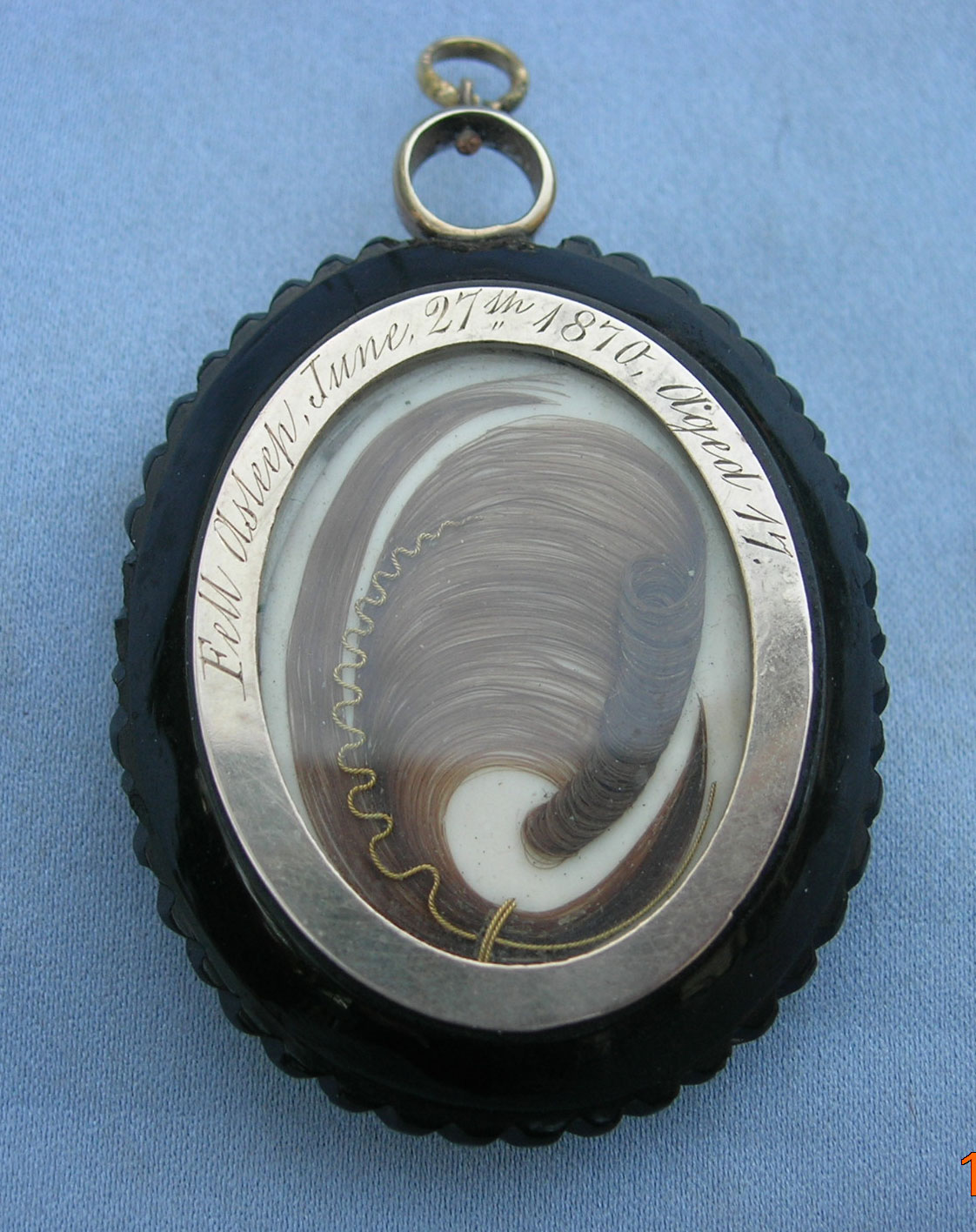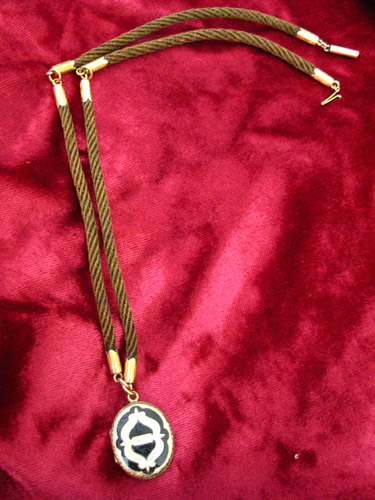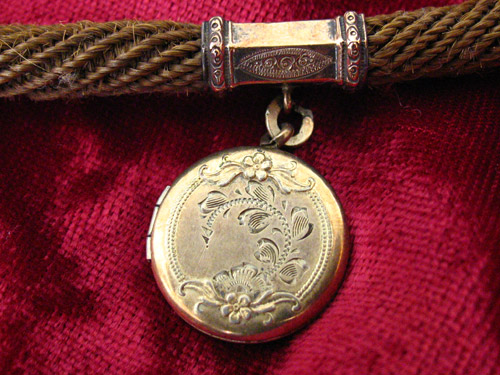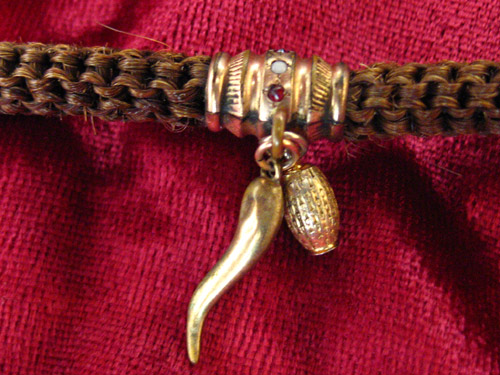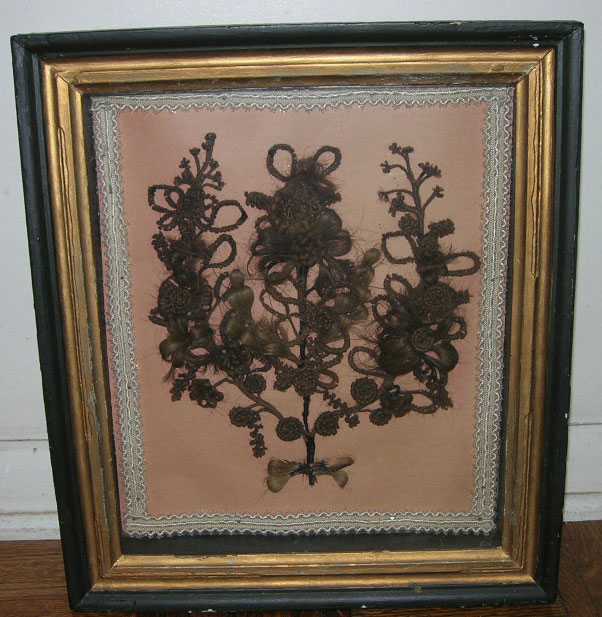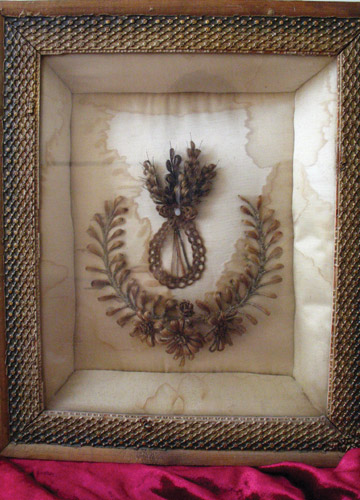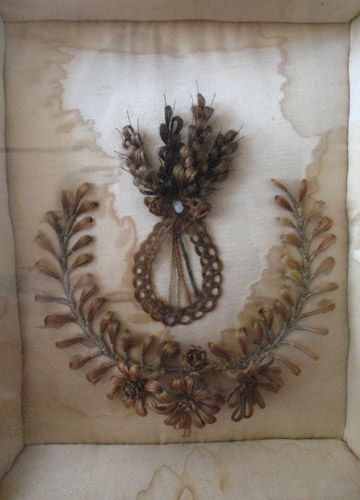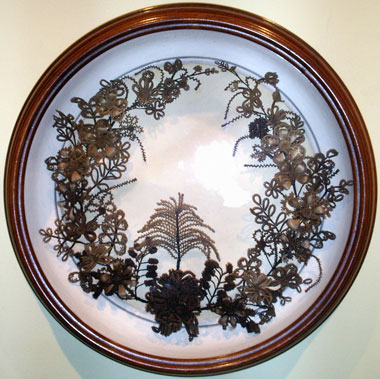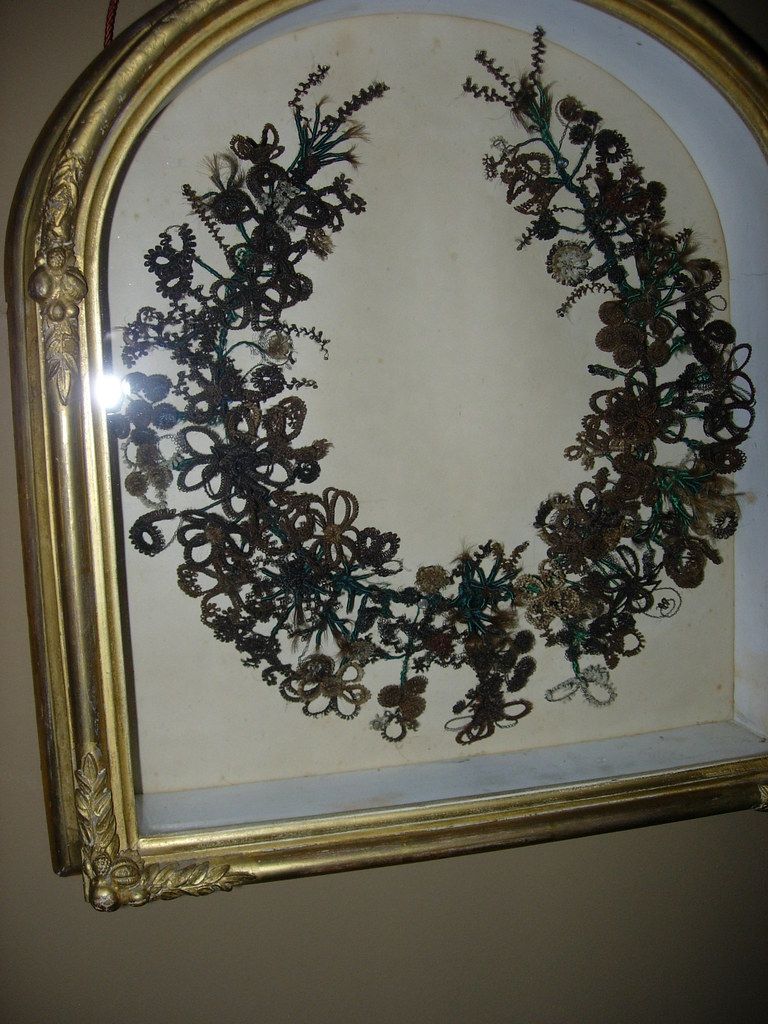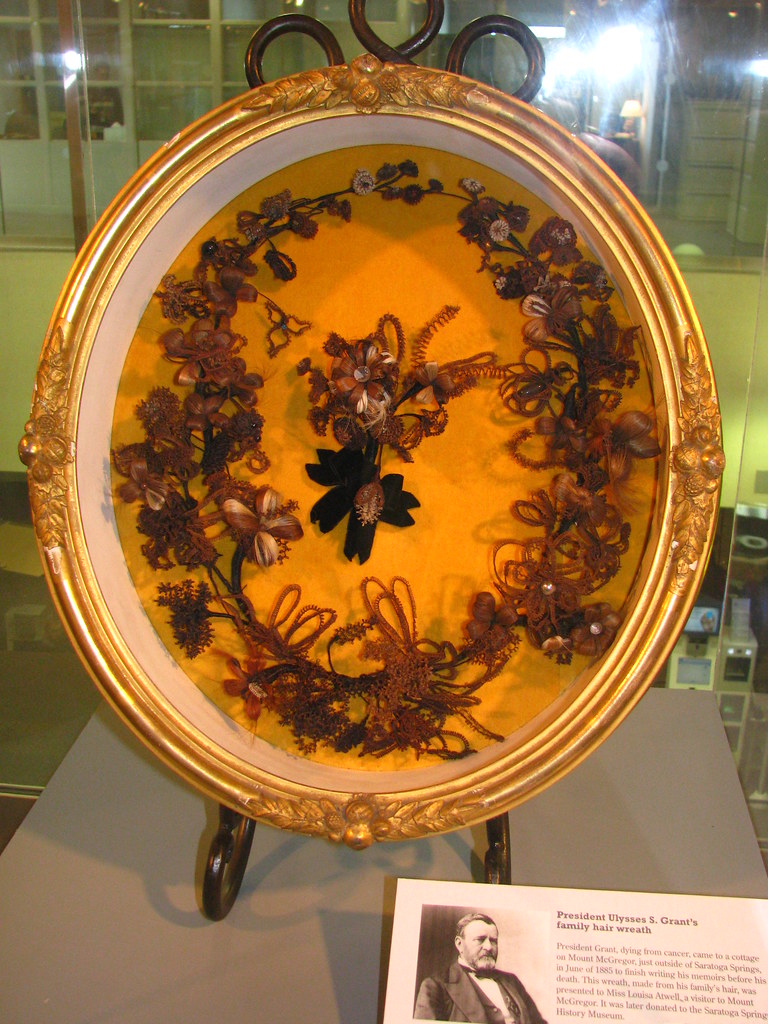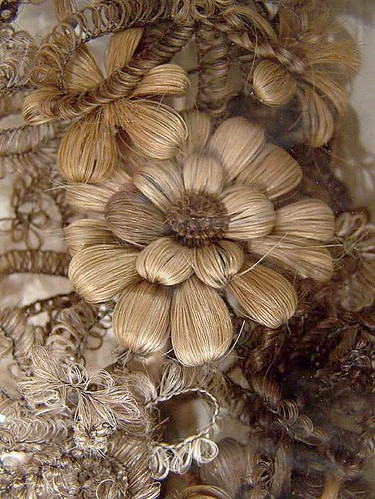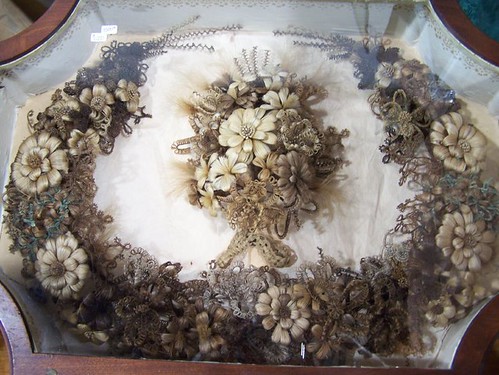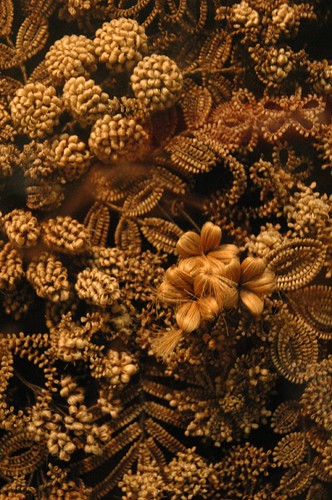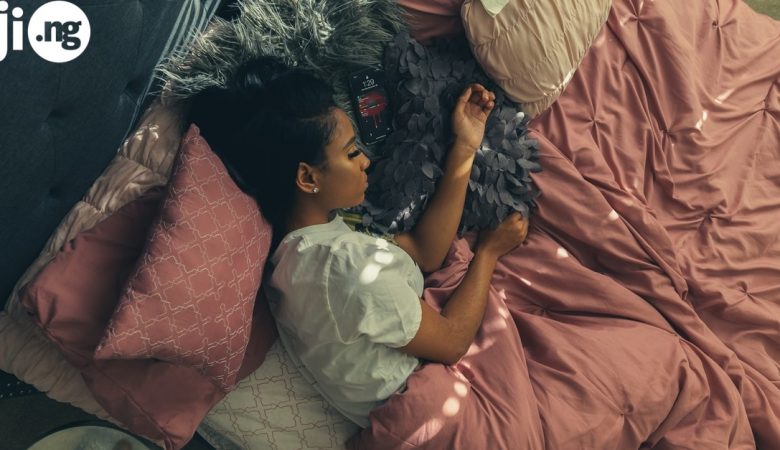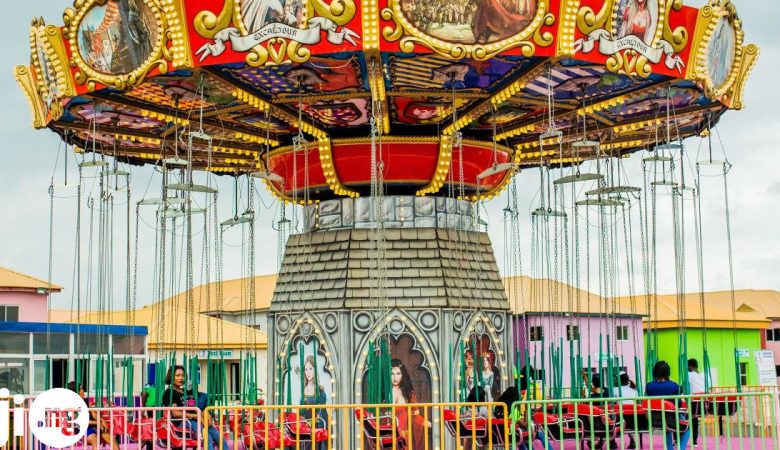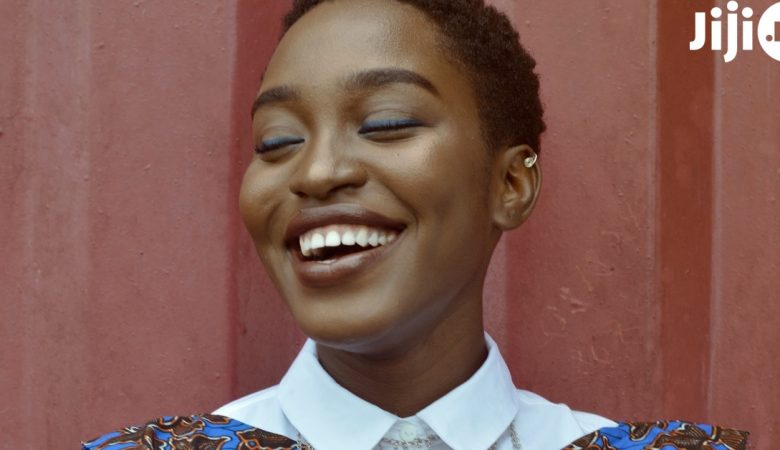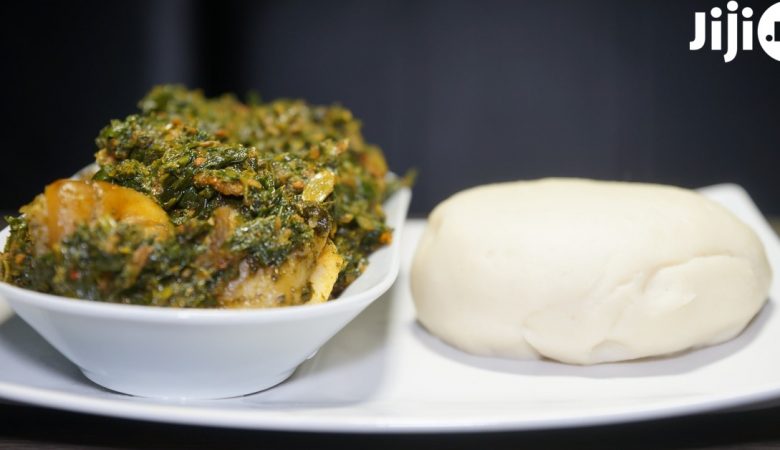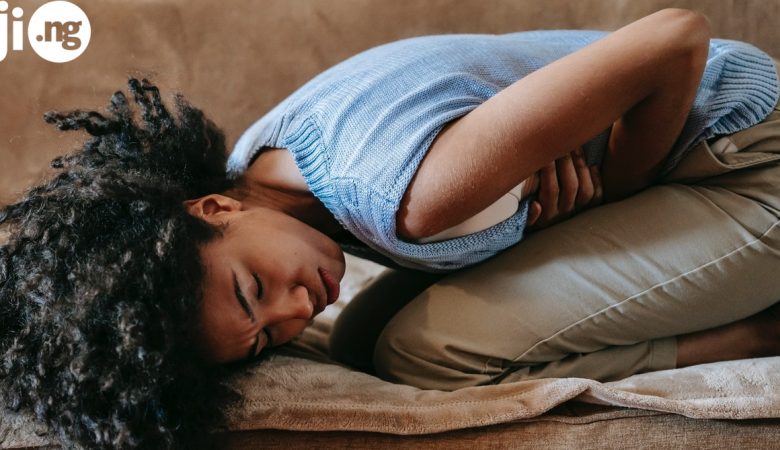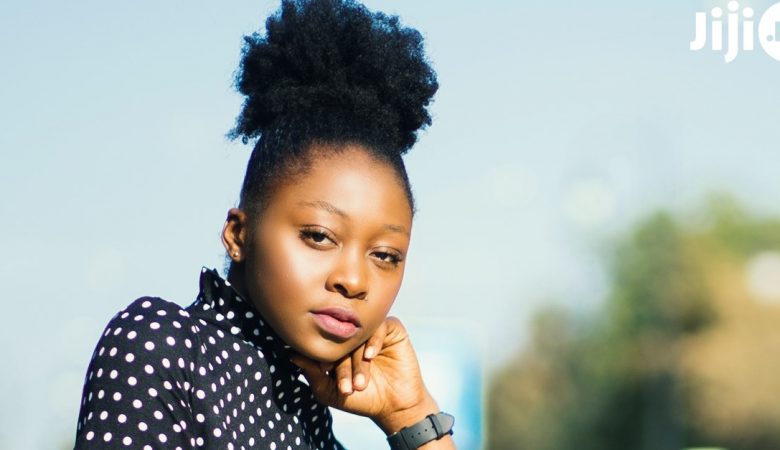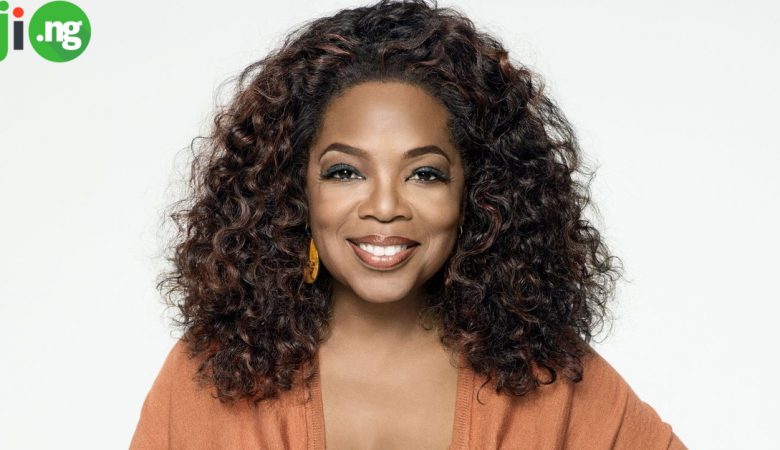 The first products of the human hair appeared in the 14th century. According to legends, Swedish girls from the village started making jewelry of their own hair and sell them. This craft helped them get out of poverty.
The first products of the human hair appeared in the 14th century. According to legends, Swedish girls from the village started making jewelry of their own hair and sell them. This craft helped them get out of poverty. Consequently, such “hairy” decorations had become very popular in the Victorian era. In 1861, the Prince Albert died, the Queen Victoria’s beloved husband. All England was plunged into sadness – sadness became widespread and fashionable. For many years the queen wore the only adornment brooch, made of hair. At that times, people in mourning were forbidden to wear jewelry except jewelry made of the human hair.
Consequently, such “hairy” decorations had become very popular in the Victorian era. In 1861, the Prince Albert died, the Queen Victoria’s beloved husband. All England was plunged into sadness – sadness became widespread and fashionable. For many years the queen wore the only adornment brooch, made of hair. At that times, people in mourning were forbidden to wear jewelry except jewelry made of the human hair.In the late 18th – early 19th century in England, the decorations were made of curl with the inscription “In memory”, bordered by pearls – and were very popular. From the hair of deceased relatives, people wove flowers. These flowers were placed under glass and kept in the living room to the place of honor next to the family tree. In the US, there is a museum of unique hair jewelry. Museum stores 400 wreaths and more than two thousand of hair ornaments. All of them were made no earlier than 1900.
The first products made of human hair were bracelets. Who came up with the idea of ??creating such jewelry is unknown, but their appearance in Europe dates back to the beginning of the XVII century. Such accessories were intended to be exchanged between a man and woman in love. Subsequently, it became a very popular gift not only for lovers. So the French Emperor Napoleon wore a pocket watch on a chain made of the hair of his wife Mary Louise. The golden age of fashion jewelry made from human hair fell on the reign of Queen Victoria. However, initially, they were used as a sign of great tribulation and worn as the only adornment during single- or two-year mourning. Later this tradition retreated and people began to dress hair jewelry just as decoration, and Victoria presented gifts made of natural hair – brooches, earrings, bracelets, rings, pendants – for her children, grandchildren, and even the servants

